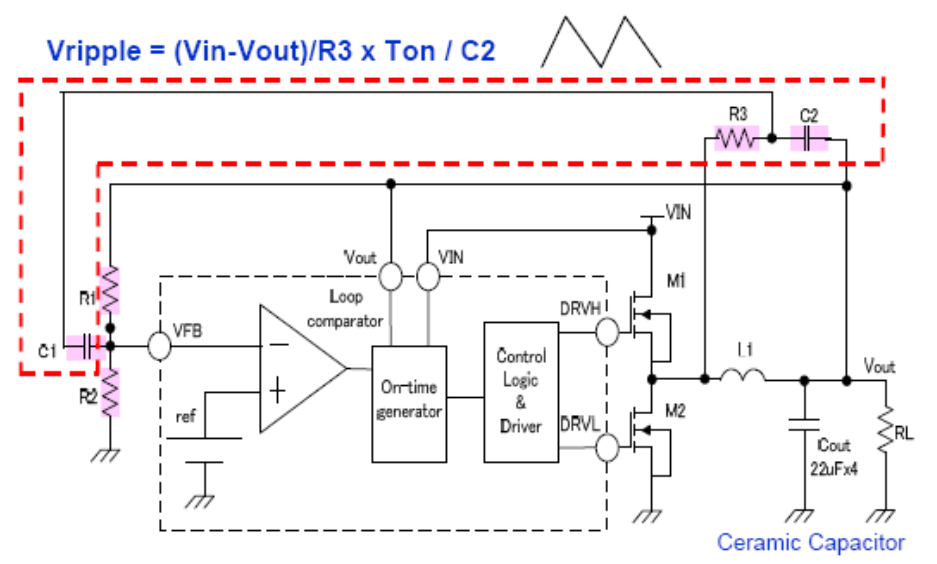SLYT710B september 2017 – august 2023 LM22670 , LM25145 , LM2696 , LM3100 , LM3150 , LM3475 , LM3485 , LM5017 , LM5116 , LM5119 , LM5140-Q1 , LM5145 , TPS40040 , TPS40057 , TPS40170 , TPS51116 , TPS53014 , TPS53219A , TPS53355 , TPS54325 , TPS54336A , TPS543B20 , TPS543C20 , TPS543C20A , TPS54478 , TPS54610 , TPS54620 , TPS548A20 , TPS548D22 , TPS54A20 , TPS56121 , TPS56C215 , TPS62097 , TPS62130 , TPS82130
- 1
- 1 Overview
- 2 Voltage mode
- 3 Voltage mode with voltage feed-forward
- 4 Peak current mode
- 5 Average current mode
- 6 Emulated current mode
- 7 Internally-compensated advanced current mode (ACM)
- 8 Hysteretic control mode
- 9 Constant on-time
- 10Constant on-time with emulated ripple mode
- 11DCS-Control™: Direct control with seamless transition into power-save mode
- 12Direct connection to the output capacitor (D-CAP™)
- 13D-CAP+™
- 14D-CAP2™
- 15D-CAP3™
- 16D-CAP4™
14 D-CAP2™
A slight variation of D-CAP with the same transient and external component advantages as D-CAP. This control mode supports ceramic output capacitance without external circuitry. A signal from an internal ripple-injection circuit is fed directly into the comparator, thus reducing the need for output voltage ripple from the capacitor’s ESR. The ramp is emulated by the output inductor.
When to use: When desiring fast transient response with low-ESR ceramic output capacitors.
Popular devices: TPS563202, TPS563210
Learn more: D-CAP2™ Frequency Response Model
